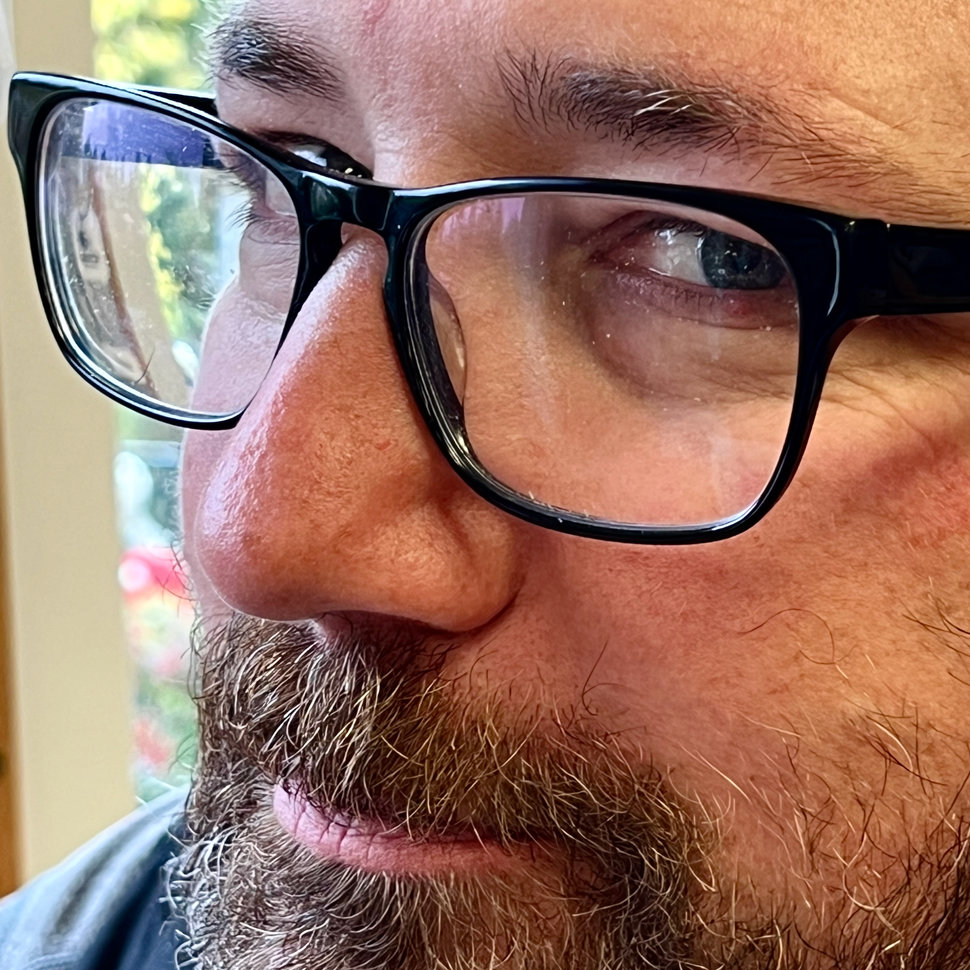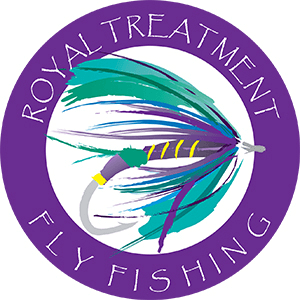Ask the Oracle ~ Layers and Colors

Oracle,
How do you layer under your waders for winter fishing? How about early spring?
PA
PA,
That is a really great question, especially for this time of year.
I would say that typically late fall feels like the coldest time, partially because we spend a lot of time on the east side and partially because we haven’t quite acclimated to the winter temperatures. On the east side, it’s cold and dry, typically with biting winds and temps in the teens to low 30s. As we get more into winter, we usually see almost warmer temps because it’s raining most days. So that means temps are almost always in the low 40s-50’s obviously, it can be colder, but it’s usually a bit warmer.
The answer to this question is not straightforward and will take a little bit to unpack. I most often times use a boat for my winter steelheading for transportation and the. Wade for fishing. So I usually dress differently than my passengers. I’m normally hustling and getting the boat in the water and rowing. From my days of snowboarding and being active, I typically dress very lightly, I like to be on the verge of being cold so I’m not getting sweaty and even colder. Also, over the past decade, I’ve bought an obscene amount of clothes to find the right combination, and when I figure out what that is, I wear it until it’s threadbare.
Now what I wear each day probably changes a little depending on the temps, winds, rain, and snow.
The most important piece of info I can give you is don't wear any cotton whatsoever. “COTTON KILLS” Cotton absorbs water easily and does not insulate well, which leads to being cold, wet, and uncomfortable.
Let’s start at our feet which are our biggest problems. If your feet are cold and frozen, you won’t be able to fish for long. People think wearing a lot of socks will make your feet warmer, but it won’t. You need to have air circulation around your feet and not have them crammed in your boots. This is a time when newer socks that aren’t compressed and have a lot of fluff are key. The other thing that really helps is having Bootfoot waders. I know that seems like an extravagant purchase, but it makes a world of difference. Your feet will be happier than they ever have been before.
The next thing is the bottom half; in the winter, this almost never changes unless it is extremely cold. I start with my underwear. Lose the cotton and get some kind of high-tech polyester or wool fabric. I’ve been wearing Simms, but anything will work. I sit on a cold, wet boat seat a lot, and I need a little extra insulation down there. Next, I typically wear two bottoms, a next-to-skin baselayer, and some kind of mid-layer. Lately, I’ve been wearing the Simms heavyweight base layer and the mid-weight thermal. That’s been a nice combo for my lower half.
For my top half, I’m a little more flexible. Normally I just wear a baselayer top and then a mid-weight puffy coat with my hard shell rain jacket over the top. I normally carry another baselayer top, a light fleece top, another puffy coat of the same weight, a heavier puffy coat, a puffy vest, another hard shell raincoat, and an insulated hard shell raincoat. That way, if I get wet, I have a change of dry clothes for my top, but if it gets really cold, I have some additional layer options.
Layering for comfort and mobility is a hard thing to do; the best way I’ve found to do it is to have options.
Dearest Mr. Oracle,
I know you like to keep it pretty simple when it comes to steelhead fly colors. I try to do the same, keep it simple, keep it in the water. Seems to work sometimes.
With winter around the corner, what water and/or weather conditions influence what fly you tie on (color, size)?
I like big dark flies in water with low visibility, but have heard people who I consider fishy that go to big bright flies in these conditions, even white flies, I don’t fish those??
Does the fish’s time spent in freshwater influence your choice? Shrimpier/Squidier colors for fish low in a system close to the ocean/tide? None of this probably matters at all, but I’d love to hear your thoughts.
We don’t need any secrets; keep it mysterious if you must.
Much love,
Jeffrey
Jeffrey,
You aren’t the first person with that question, and there’s no one answer.
I do like simplicity and like to minimize my choice overload. I mostly fish two basic colors, let’s say a dark fly and a bright fly. For me, the dark would be black and blue, and the bright fly would be red and orange or pink and orange. After that, I’m going to have a few weights and sizes to accommodate the water type I’m fishing.
Most of the time, for my color selection, I’m going to choose the opposite of the person I’m fishing with. If you’re fishing dark, like black and blue, I’m going to fish bright, like red and orange. But if you hook a fish, I’m switching to whatever color you have on. On the Sandy, though, my preference would be to start with black and blue, although I’m content with bright red and orange. even If the water has a lot of color to it, I’m confident in either color. I know that if I can see a foot in the water, a fish can probably see ten. I don’t put a lot of value on low-vis water, or bright sky, bright fly, dark day, dark fly.
Now, if I’m fishing the coastal rivers where fish are fresh out of the ocean or early season, bright colors seem to work pretty good.
For me, color choice is the easiest part. Weight and size are where the rubber hits the road. In years gone by, I’ve caught fish on flies 6-8” long. Part of that was an experiment to see how big a fly they’d take and to see if bigger was actually better. I’ve found that a reasonable size of fly seems to work better. I think the magic size is probably 2.5-3.5” long. They sink better and cast easier. I also don’t really think a super bulky fly has a big advantage. People always talk about shoulders and profile, but I bet a marabou fly has caught more winter steelhead than any other fly, and when it’s wet, it’s the size of a number two pencil. It’s also very easy to cast, sinks well, and has a lot of movement. A rabbit strip fly does the same.
For winter steelhead, I tie most of my own flies, and I like flies that I can tie fast and don’t care about losing. If I spent 30-40 minutes tying a fly I’m going to be more reluctant to lose it, and I will be fishing with hesitation. Meaning I might not fish as deep, I might not fish into the boulders as well, and I might not fish the soft insides as well.
When I tie my flies, most of them are tied on plastic tubes, but I do have a selection tied on shanks with trailing hooks, especially when I want maximum sink rate and depth. I try to have about three or four weights of flies unweighted or lightly weighted like a cone head for classic gravel bars that are low or even gradient, that I can cast far and swing right to the inside or if the water's high and I want it to swim into the soft insides. If the water's a little heavier with chop I’m probably going to fish a light to mid weighted fly so it’ll cut through the chop and fish a little deeper. If the water is heavy or I feel the bucket is on the other side, close to where my fly is going to land, I’m picking a heavy fly that will sink fast and get there immediately.
I’m normally fishing from a boat, using it for transportation, so I bring a selection of rods with different tips and heads to accommodate the runs I’m going to fish. A short rod with a short head for tight quarters. That rod will probably have 10-12’ of T-11 and an unweighted or lightly weighted fly; this will be a setup that will allow the fly to swim inside to the soft water. I have an “average rod that I can cast far; this will be my go-to rod; it will probably have 12’ of T-11, and a lightly weighted fly on it. This will be my rod for covering lots of water. I’ll use it on all of the big runs covering mid-river or beyond to the inside. My third rod will be heavier, like an 8wt, that I can cast with T-14 or a Gamechanger head. That I can cast far but also will be able to fish deep. That will probably get a heavier fly with big lead eyes for fishing pocket water, deep chop, or when I want to get down fast on the other side.
Jeffrey, I hope this helps or makes you feel at ease. Honestly, I don’t know if there’s a right or wrong, but this works well for me. And you’re right; the best move is to have your fly in the water fishing with confidence.
Love always,
The Oracle




